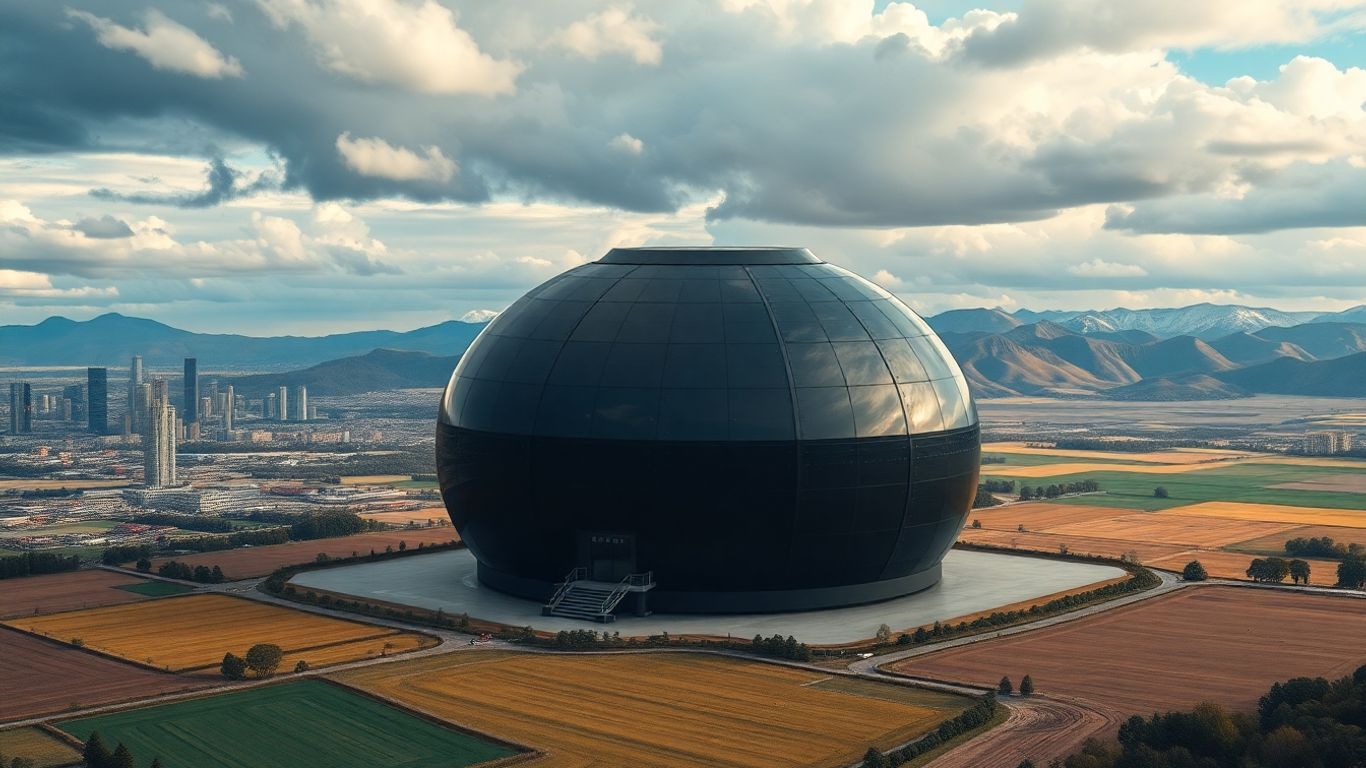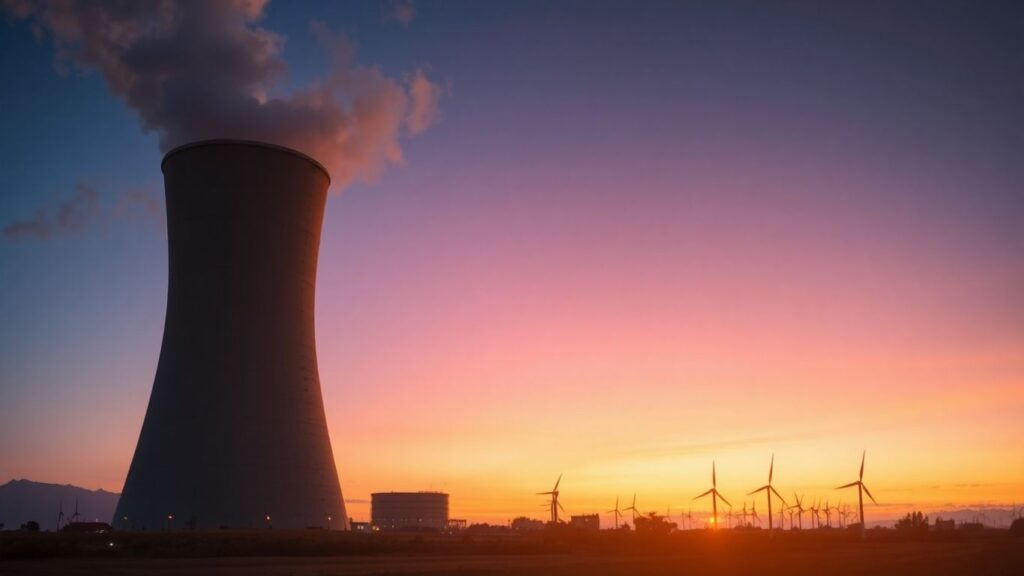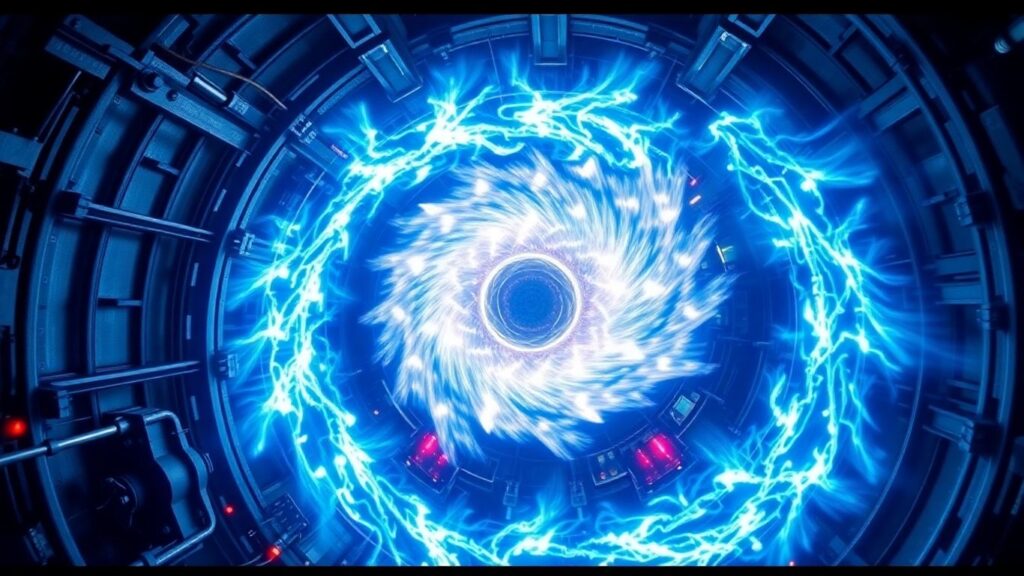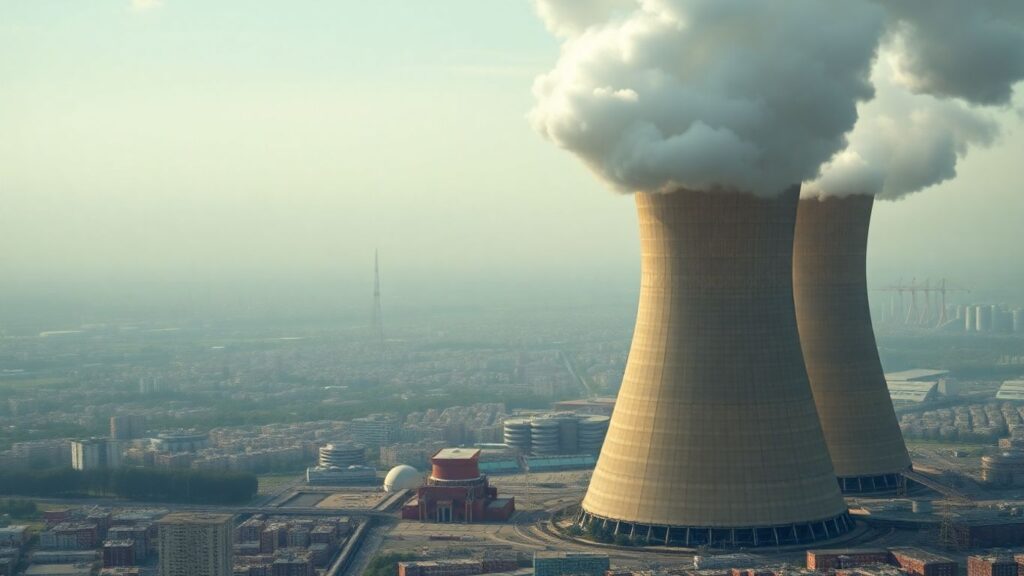As energy demands rise and clean power mandates expand, regions from Virginia to Illinois are exploring the addition of nuclear energy, especially small modular reactors (SMRs) and microreactors. While proponents tout their potential for reliable, carbon-free power, debate remains fierce over costs, safety, and long-term viability.
Key Takeaways
- States are considering SMRs and microreactors to diversify energy and meet climate goals.
- Supporters highlight potential grid reliability and economic development.
- Skeptics question safety, cost, and unresolved nuclear waste management.
- No commercial SMR is yet operating in the U.S., making real-world benefits uncertain.
Virginia: Economic Aspirations and Grassroots Resistance
Virginia’s leaders hope that an SMR project could spark economic renewal in coal-impacted regions like Wise County. Ambitions include powering local universities and potential data centers, leveraging federal incentives, and positioning the state as a hub for nuclear manufacturing. However, public skepticism runs deep; community advocates raise concerns about health risks, environmental legacies, and whether promised jobs will truly benefit residents. They argue that investing in solar installations and local entrepreneurship might offer safer and more sustainable growth.
Florida: Energy Dependence Spurs Policy Review
In Florida, a legislative directive is pushing the Public Service Commission to assess the feasibility of advanced nuclear options as the state seeks to curb its outsize reliance on natural gas. While existing plants provide a modest portion of Florida’s electricity, officials see SMRs as a way to reduce price volatility and meet future needs. Experts caution, however, that new nuclear will take time; they project that the earliest operational dates would be around 2040. Safety claims spark debate, with some staunchly defending nuclear energy’s safety record and others unconvinced, especially regarding nuclear waste storage.
Illinois: Decarbonization Meets Nuclear Innovation
Illinois, home to the most nuclear reactors of any state, is weighing whether to lift a decades-old ban on new nuclear plant construction. With grid reliability under pressure and electrification accelerating, nuclear advocates argue that SMRs could help meet demand while cutting emissions. The first federally approved SMR design is underway, but large-scale deployment is likely years off. Environmental groups remain divided; while some see nuclear as crucial for a zero-carbon grid, others worry about high costs, radioactive waste, and safety vulnerabilities of new designs. A microreactor research project at the University of Illinois may offer a test case for public perception and technological advancement.
The Road Ahead: Uncertainties Remain
While anticipation for a nuclear resurgence grows, major questions persist:
- Can SMRs compete economically with ever-cheaper renewable energy?
- Will new regulatory measures satisfy public safety and waste management concerns?
- Can nuclear projects deliver local job benefits and diversify regional economies?
Until these issues are resolved, the promise of SMRs and microreactors remains more potential than reality—a solution under scrutiny by communities and policymakers alike.
Further Reading
- Are nuclear reactors a good fit for Southwest Virginia – or a solution in search of a problem? • Virginia
Mercury, Virginia Mercury. - PSC workshop kicks off discussion about adding nuclear power to FL’s energy portfolio • Florida Phoenix, Florida Phoenix.
- Nuclear option: Illinois grapples with the future of nuclear power, Rockford Register Star.












